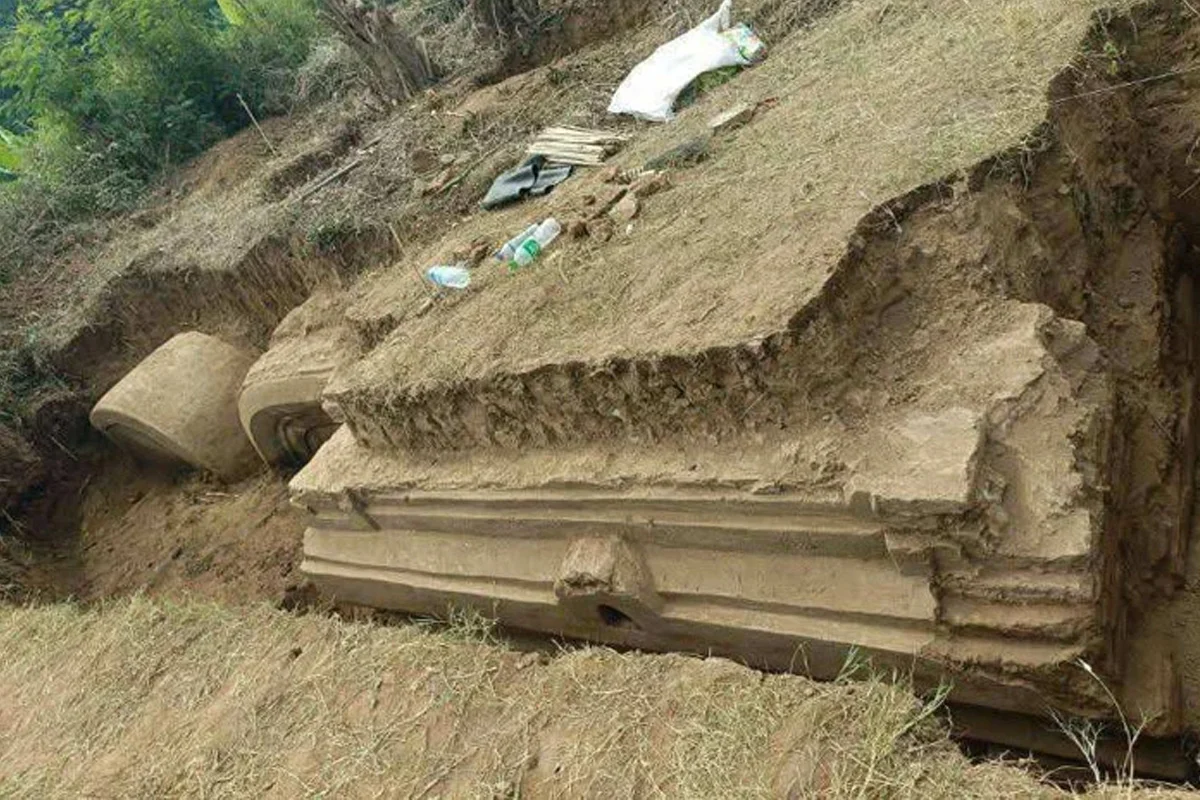The 7.7-magnitude earthquake that struck central Myanmar on March 28th caused widespread devastation, claiming thousands of lives and massive destruction to property.
Tremors from the quake also caused subsidence cracks and deep fissures across the region, revealing buried monuments and forgotten ancient ruins.
According to local reports near Tada-U, a town in central Myanmar about 10 km (6.2 mi) from the provincial capital of Mandalay, substantial ruins have appeared that archaeologists believe could be the remains of a “water palace” from the Konbaung Dynasty era.
The Konbaung dynasty, also known as the Third Burmese Empire, was the last dynasty that ruled Burma from 1752 to 1885 until it was annexed by the British Empire during the Anglo-Burmese Wars.

The palace likely served the royal city of Ratnapura Ava (meaning “City of Gems”), a former imperial capital of successive Burmese kingdoms from the 14th to 19th centuries.
Ratnapura Ava is located in Inwa, 3.6 miles north of Tada-U, which over the centuries was sacked and rebuilt numerous times. The capital city was finally abandoned after it was destroyed by a series of major earthquakes in March 1839.
According to experts, the exposed ruins include foundational structures, stairways, and traces of pavilions, which closely match illustrations found in ancient manuscripts written on palm-leaf.
The discovery offers a rare glimpse into Myanmar’s regal past and raises hopes for more archaeological revelations as research continues in the quake-affected area.
Header Image Credit : Department of Archaeology and National Museum

